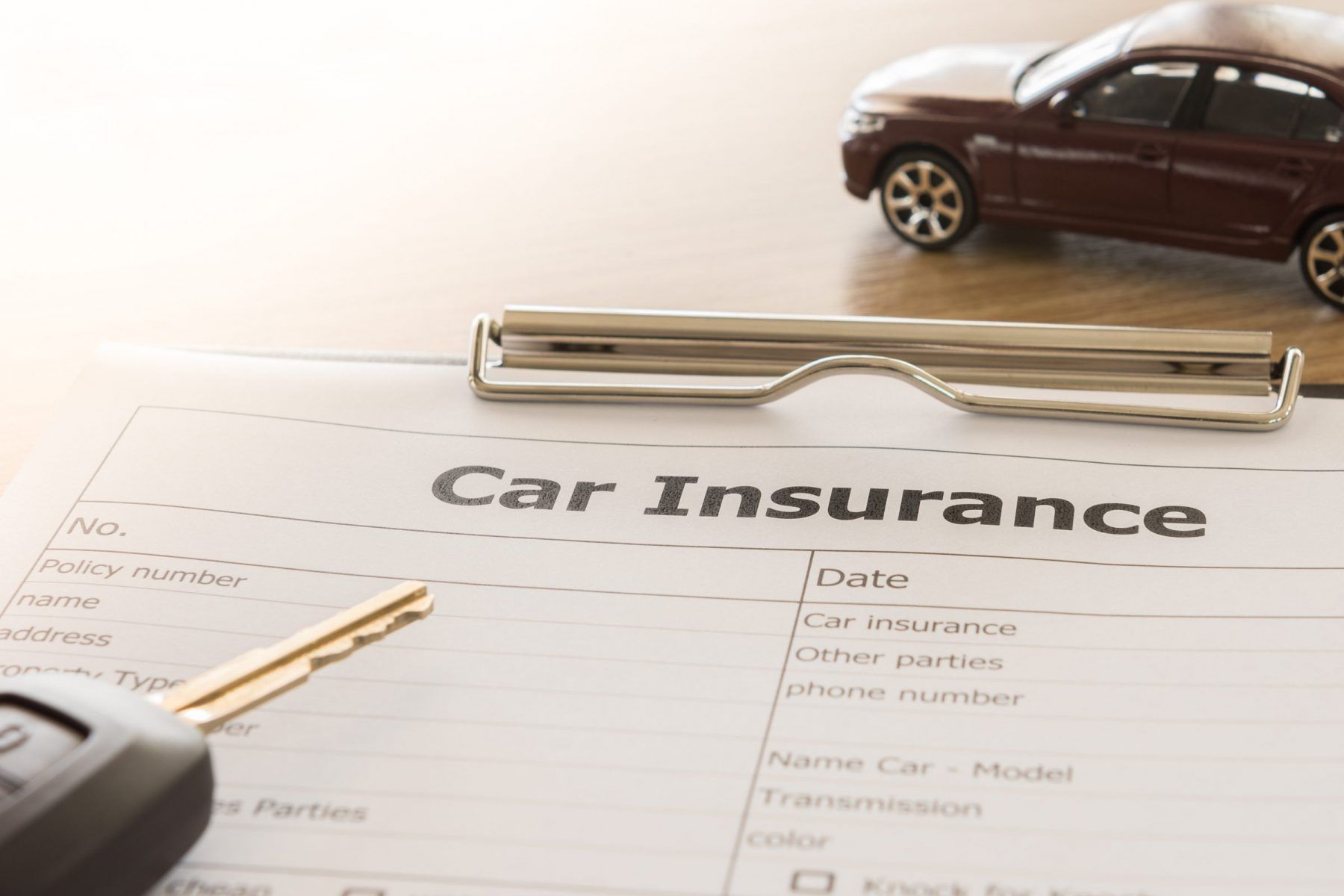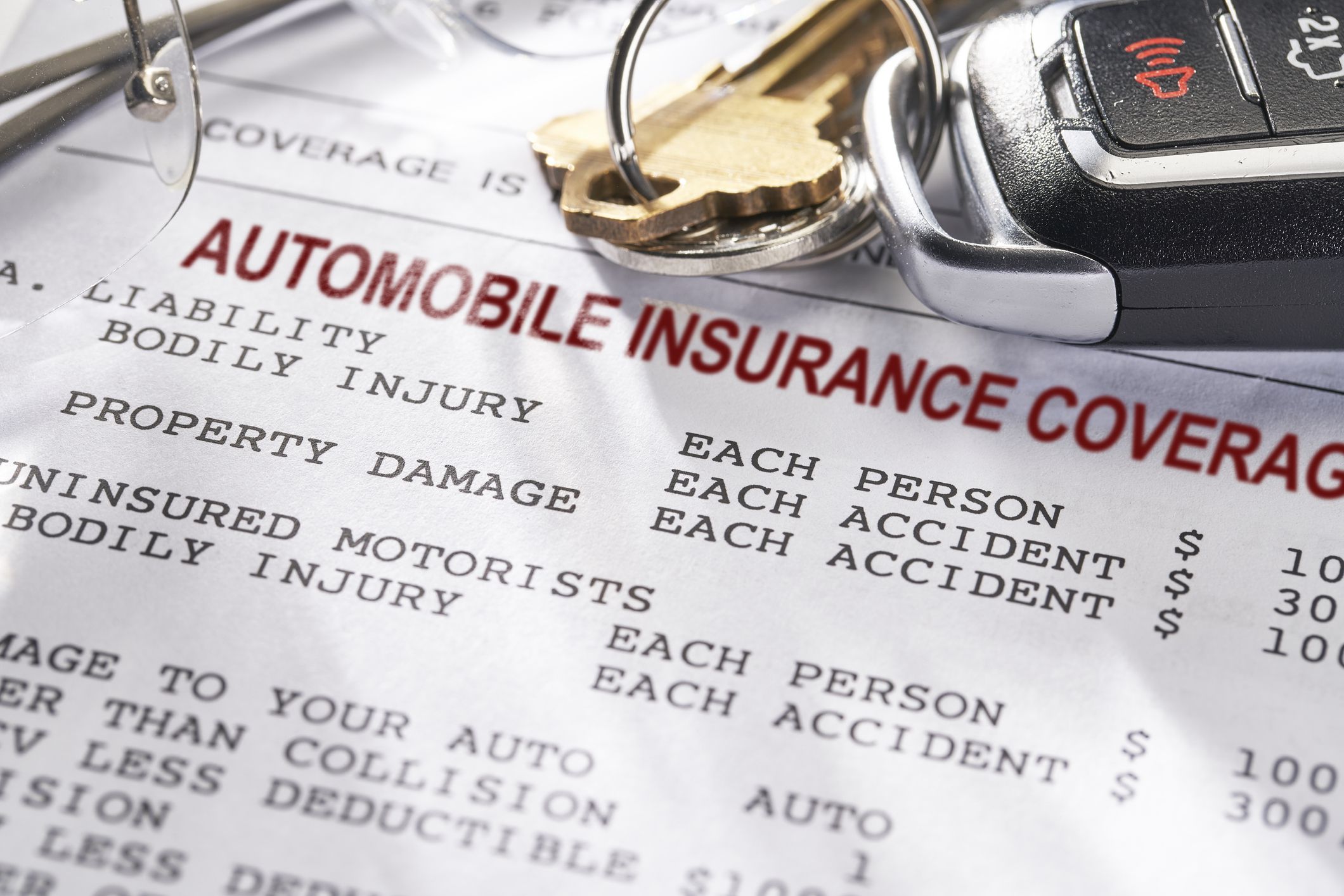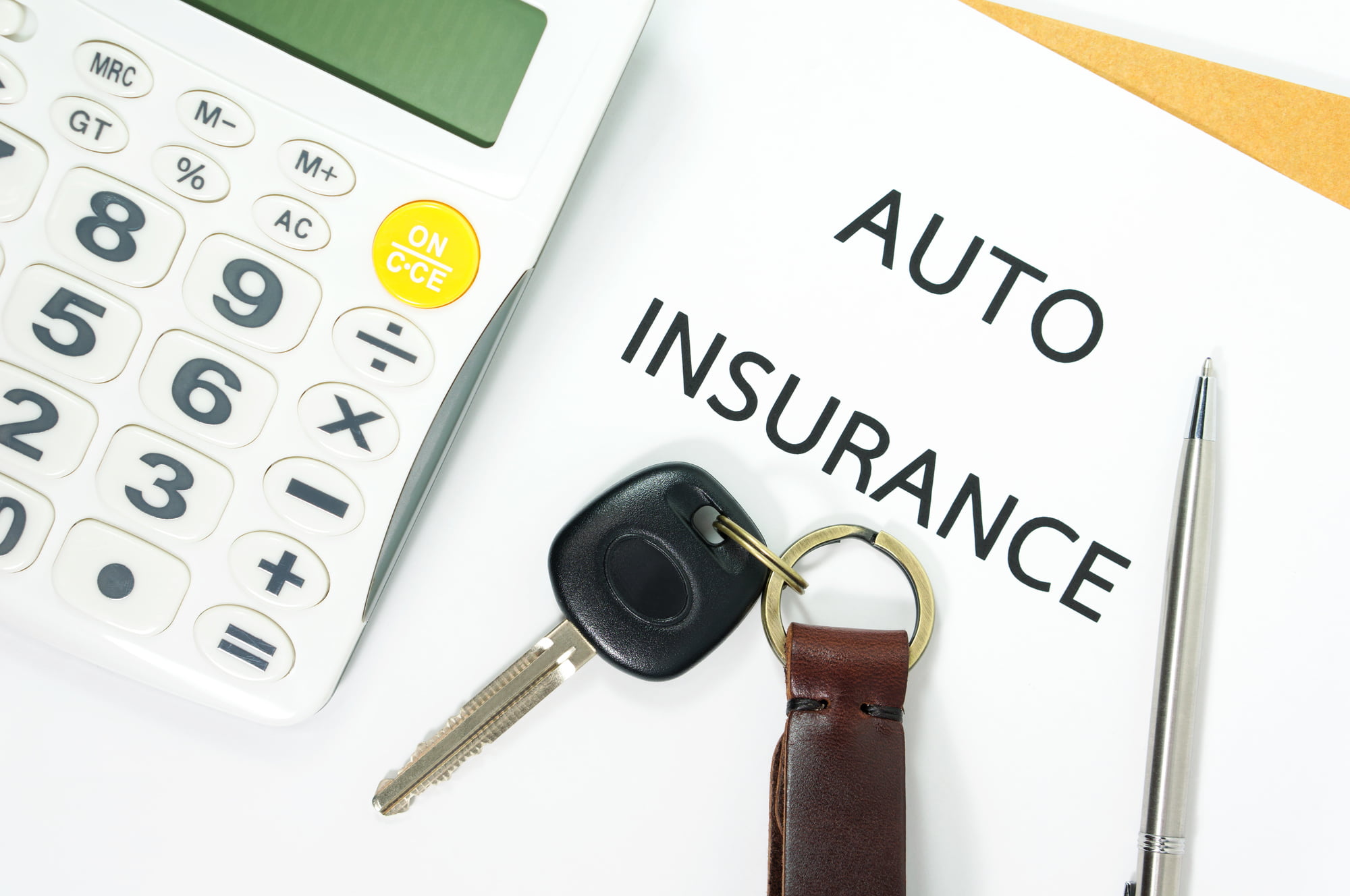10 best ways to reduce car insurance premium

10 best ways to reduce car insurance premium
Your car insurance premium is the amount you pay to your insurance company on a regular basis, usually once a month or once every six months, in exchange for coverage. Once you’ve paid your payment, your insurer will pay for coverages stated in the insurance policy, including liability and collision coverage.
Every insurance company sets its rates, but your premium is usually determined by information about you, the sort of automobile you drive, and the coverages you choose.
How Are Car Insurance Premiums Calculated?
When determining automobile insurance prices, insurance companies evaluate a variety of factors. Every insurer’s goal is to balance the amount it costs you and the likelihood that you will need an insurance payout. A 16-year-old boy driving a brand-new sports vehicle, like an example, will pay far greater insurance premiums than a 40-year-old woman driving a station waggon. This is because the boy is much more prone to be in an accident, and if he is, the cost of repairing his automobile will be higher.
Every insurer has a formula for calculating your premium that is kept confidential and changed regularly.
Here are some details that your insurer may consider when calculating your premium:
Personal information: Your age, gender, and residence.
History of Credit and Driving: The lower your premium, the more responsible you have been with your money and behind the wheel in the past.
Car Type: Premiums are higher across the board for newer, faster, and more expensive cars.
What Kinds of Coverage Do You Want: Adding optional coverages to your insurance policy, like roadside help, raises your premium, but removing coverage, like liability limits, lowers it.
Savings: Most insurance companies provide additional discounts for certain acts, like taking a defensive driving course or paying for a year’s worth of coverage in advance.
Deductible Amount: The more extensive your deductible, the lower your insurance premium; conversely, the smaller your deductible, the higher your insurance premium.
People in Charge of the Policy: The more drivers you have on the insurance policy, the higher your monthly premium.

Lowering Your Insurance Premium-
Naturally, some of these factors are more difficult to alter than others, and some cannot be altered at all. It’s unrealistic to expect to save money on vehicle insurance by moving to a different city or changing your age. But, as long as you keep within your state’s insurance regulations, you may usually modify your insurance policy to match your needs and budget.
When customising your policy, keep in mind that many insurance companies will provide you with a breakdown of your coverage so you may make an informed decision about what will lower your rate while carefully balancing risk.
It’s critical to understand what your auto insurance covers, so you only pay for the coverages you require.
Finally, because each insurance company analyses variables differently, the most straightforward approach to reducing your vehicle insurance cost is to shop with several insurers to discover who would offer you the best rates.
What’s the Difference Between a Quote and an Insurance Premium?
When you get an insurance quote from a firm, you’re getting an estimate of how much the company will charge you for coverage. To balance precision and simplicity, insurance companies don’t collect as much information while preparing an insurance quote as they do when drafting an actual policy.
For example, when requesting a quote, you can be asked if you have good, fair, or bad credit. Your insurer may use your credit-based insurance (CBI) score to determine your premium after you’ve signed up for insurance. Your rate could be more or lower than the one you were quoted.

How Often Do I Have to Pay My Premium?
You will be asked to pay your auto insurance premium at many periods by different insurance firms. Monthly, twice a year, and annually are the most prevalent alternatives.
Many insurance companies will allow you to choose how often you want to pay, and if you pay more upfront, you’ll usually get a “paid in full” discount.
However, you may be compelled to pay for your entire term upfront in some situations. This is especially prevalent if you’re considered a high-risk driver, like if you’ve let your insurance lapse or need an SR-22. This is one way that insurers mitigate the risk of insuring high-risk drivers.
When Do Automobile Insurance Rates Go Up?
Car insurance is typically marketed in six-month or 12-month increments. Unless you modify your policy, such as buying a new car or moving to a new house, your insurance premiums will remain the same for the duration of your term.
When your policy’s term expires, your insurance company will reevaluate how much your premium should be. Your rates may rise if you were in an accident or caught speeding; however, your rates may decrease if you complete a safe driving course.
Insurers are also continually tweaking their models for determining how much to charge for insurance, so your premium could alter without any changes in your driving record.
You may have the best auto insurance coverage in the world, but have you ever considered whether the rate you pay might be successfully decreased WITHOUT sacrificing any present benefits? It’s a can-can here, we tell you!
Is there even such a thing as a household without a car these days? Hardly. It’s a good thing we’re all required to ensure our vehicles in a country with lousy roads and arguably tricky traffic conditions. We renew our car insurance every year since the government has needed it. But this isn’t going to happen.
If we had the choice, wouldn’t many of us choose not to spend this money every year, even if it doesn’t make a major difference in our annual expenses?

Here’s a list of things you can do to lower your insurance premiums without needing to make any substantial policy changes.
1. Increase the voluntary deductible
The deductible is the amount you agree to pay toward repairs or claims before your insurance kicks in. You can choose this voluntary deductible value at the start of your insurance or renewal, and the greater you determine this number, the lower your premium will be.
But keep in mind that you should only raise your deductible as much as you can afford. Putting a hefty deductible out of your grasp only to lower your annual rate will only defeat the objective of your claim.
Let’s imagine you have a claim of Rs. 20,000 and an Rs. 15,000 voluntary deductible. If your annual premium were Rs. 15,000, it would be reduced to Rs. 12,000. You would pay Rs. 15000 at the time of any claim, while your insurance company would pay Rs. 5,000.
2. Make no claim for small expenses
You’re probably aware that if you don’t claim for two years in a row, you can earn a no-claims bonus, which can reduce your premium by up to 50%. A premium discount of this magnitude is a significant saving.
Do you want to risk losing it by claiming expenses you can afford? Let’s start at the beginning and work our way backwards.
If the cost of repairing your car is less than the amount that your NCB may potentially accumulate, you should pay for it yourself rather than filing a claim on your policy.
If you claim to earn a good discount, your premium will be almost undoubtedly treble to the amount you paid at the commencement of your policy. You’d think that all those years of careful driving and frugal living have gone down the drain.
It’s not the case! You may always utilise the no-claim-benefit-protector to lock your discount % to the year before you made a claim to protect your discount.
3. Transfer your NCB
If you’re selling your old automobile to get a new one, the one thing you must remember is to transfer your NCB. Consider this scenario: India gains the lead in the first innings of a test match, but the information does not carry over to the second innings.
(Yes, it’s more hypothetical than real.) It’s only fair that the lead is maintained, which will help the test match’s outcome. Similarly, you must transfer your NCB-lead from your previous vehicle to the new one.
Remember that your NCBs are tied to you, not the policy or the vehicle. Notify your insurance provider of the necessity for an NCB transfer, and they will provide you with a certificate to aid in the transfer.
Even if you don’t intend to buy a car right after selling your old one, you may always put this incentive aside for three years because that is the time limit for transferring NCBs when a motor policy is terminated.
4. Compare premiums and purchase online
Notify your insurance provider of the necessity for an NCB transfer, and they will provide you with a certificate to aid in the transfer.
Even if you don’t intend to buy a car right after selling your old one, you may always put this incentive aside for three years because that is the time limit for transferring NCBs when a motor policy is terminated.
Then, what stops us from buying car insurance online?
After all, you have no reason to believe that your promises will not be kept. You get exactly what you see and read on the internet. The one thing you won’t miss out on if you buy vehicle insurance online is filling out the long forms you’d have to fill out otherwise. Furthermore, insurance firms provide attractive rates and premium discounts when purchasing insurance online.
Condensed online buying methods are user-friendly and straightforward, making them a popular choice for customers. This allows the user to compare and select the most acceptable vehicle insurance policies for their specific needs. Do you need any more convincing that buying something online is a good idea?

5. Declare your correct IDV
The insured stated value of your car is, as the name implies, the value determined by the insurance carrier. Depreciation is applied to the original market price to compute IDV. This IDV is the maximum amount your insurer will pay if your automobile is stolen or completely damaged. If you accurately value your IDV, you may be entitled to a lower premium.
However, if you are too self-centred and register a very low IDV with your insurer, keep in mind that if you file a claim, that is the maximum amount of money you will receive from the company against your own declared value of the vehicle. The best method to go about it is to report the correct IDV, which will ensure that you obtain your rightful claim and help you save money on your premium.
6. Becomes members of AAI or WIAA
If you are a member of these organisations, you may already know this. The Motor Vehicles Act and Rules empower the Automobile Association of India and the Western India Automobile Association. Being a member of one of these organisations entitles you to discount your insurance cost.
It may seem far-fetched, but the logic is based on the notion that such members are generally regarded as safe drivers, earning them the discount. So, if you want to feel special, all you have to do is join one of these organisations and drive carefully.
7. Install anti-theft devices
When you demonstrate to the insurance company that you are doing everything to secure your automobile by installing anti-theft devices, they are pleased and proud of you. They give you a discount of at least 5% on your premium. It’s not difficult to figure out what’s going on here.
Who gets to save money when you take the utmost care to protect your car? Isn’t that obvious? As a result, the fewer claims insurance companies have to deal with, the more money they can save on claims that could have been avoided.
8. Declare your details correctly
When you buy a policy from an insurance provider, it’s no surprise that they do a comprehensive background check on you. When they process your profile, they make a great effort to define your age, career, car usage, mileage, and other factors.
If your profile impresses them as someone who makes the best use of a car and is less likely to damage one, they may decide to be pleasant and offer you a reduction on your premium. However, they have the option to make this decision. Never conceal information from insurance companies; even being honest about your age and career might result in savings!
9. Renew your policy before it expires.
If you haven’t renewed your expiring policy yet, you’ll have to start all again. This means you may need to get your car inspected again, which you must pay for. Consider how your auto insurance rate will be recalculated, and you may even face price increases.
You don’t want to throw away your bonus! It’s only a matter of putting one annoyance after another. If you want to avoid paying more and being trapped in inconvenient situations, renew your insurance before it expires.
10. Pay only for what you need
Would you be willing to pay for products in your shopping basket that you didn’t choose? In the same way, only pay for the things you need in insurance coverage.
Let’s pretend you have a great, closed parking spot at home and work. Your car is well-protected. As a result, your policy’s return-to-invoice add-on would be useless.
Your premium can be reduced by deleting such useless add-ons from your policy. When you buy auto insurance, keep your eyes wide open and select only the features you will use.
We’re confident that at least a few of these points will be helpful to every one of your policyholders. See how your premium works like magic when you wave your wand at the right policy with the proper charm!
Article Proofread & Published by Gauri Malhotra.




